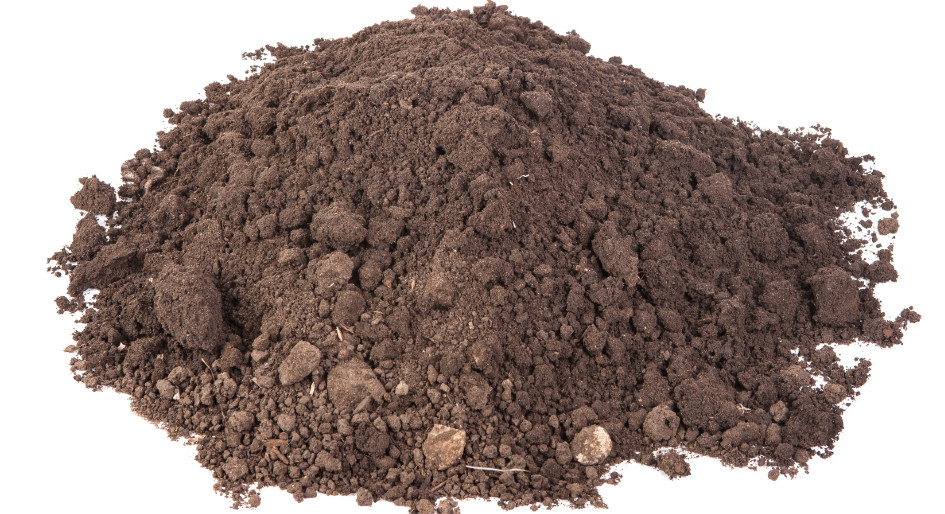Salt-contaminated fill could be used in a wider range of projects if proposed amendments to Ontario’s excess soil regulations are adopted. The proposals — which would also simplify landscape projects on industrial sites and make it easier to store and dispense low-risk soils and aggregates — have been posted on the provincial environmental registry for public comment until December 1.
An accompanying summary from Ontario’s Ministry of Environment, Conservation and Parks maintains the amendments are aligned with the circular economy, while keeping environmental protections in place. “Amendments for increased ability to manage soil at interim sites and enhancing flexibility for the reuse of salt-impacted soil would also result in cost savings, as well as environmental and social benefits from greater local reuse without needing to haul soil to further locations for storage or reuse (less truck traffic and fewer greenhouse gas emissions),” it states.
Currently, the regulations allow salt-contaminated fill along roadways and similar areas where further salt contamination is likely to occur; on industrial or commercial sites where non-potable water standards apply; or on sites where it is buried at least 1.5 metres below the top surface.
The proposed new rules would also allow salt-contaminated fill on residential, institutional, community or parkland properties if project proponents have a landscape or site plan that identifies the areas and soil depths where it can be applied with no risk to existing or future vegetation. An expert, such as licensed landscape architect, must certify the plan, and there would be a prohibition on using salt-contaminated fill within 100 metres of a surface water body, a potable well or a property that may require a well.
Another proposed amendment would exempt small landscaping projects on some sites designated for “enhanced investigation”, which would otherwise necessitate extensive analysis, reporting and documentation of any soil removal. As proposed, up to 100 cubic metres of soil could be excavated in low-risk areas of industrial properties provided it can be reasonably assumed that the soil has not been contaminated. That would allow for installation of trees, shrubs, plants, lawns or gardens and/or the construction of walkways, retaining walls, decks, fences and ponds.





